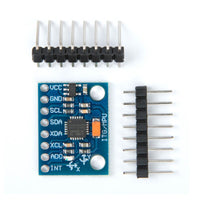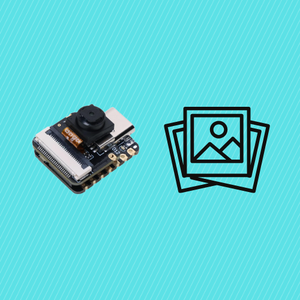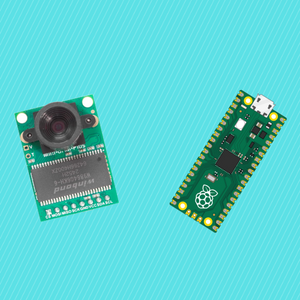In this tutorial, I'll demonstrate a streamlined method to incorporate pip packages into your AWS Lambda functions by executing the pip install command directly within the Lambda environment. This approach, while not adhering to best practices, is particularly suited for simple projects and packages, offering a pragmatic solution that I frequently employ in my testing environments to significantly save time. The only prerequisite for following along with this guide is to have an AWS account. So, let's dive in and get started.
Part 1: Script We Want to Run
import json
import jwt
def lambda_handler(event, context):
secret_key = 'secret-key'
# Data payload you want to encode
payload = {
'user_id': 123,
'email': 'user@example.com'
}
try:
# Encoding the payload with the secret key
encoded_jwt = jwt.encode(payload, secret_key, algorithm='HS256')
print(f"Encoded JWT: {encoded_jwt}")
# Decoding the payload with the secret key
decoded_jwt = jwt.decode(encoded_jwt, secret_key, algorithms=['HS256'])
print(f"Decoded JWT: {decoded_jwt}")
return {
'statusCode': 200,
'body': json.dumps({
'message': 'JWT encoded and decoded successfully!',
'encoded': encoded_jwt,
'decoded': decoded_jwt
})
}
except Exception as e:
print(e)
return {
'statusCode': 500,
'body': json.dumps({
'message': 'An error occurred',
'error': str(e)
})
}
This script outlines a process for incorporating the pyjwt package into an AWS Lambda function, which is essential for encoding and decoding a payload. Installing this package directly within Lambda encounters challenges due to the environment's compatibility issues. Local installations on your system do not suffice as they might not be compatible with Amazon Linux, which Lambda functions run on. This discrepancy necessitates alternative approaches to ensure the necessary packages are accessible within the Lambda environment.
To circumvent these issues, a practical solution involves leveraging an additional Lambda function specifically for installing required packages into the /tmp directory. This directory is particularly suitable for such operations due to its ephemeral nature, allowing temporary installations without persisting beyond the execution context. The process involves using this auxiliary Lambda function to execute a pip install command for the pyjwt package, subsequently packaging the installed files into a zip archive. This archive is then stored in an Amazon S3 bucket.
Following the storage of the package in S3, the next step is to create a Lambda layer from the uploaded zip file. Layers in AWS Lambda are a powerful feature allowing you to manage and share dependencies across multiple Lambda functions. By adding the pyjwt package as a layer, you effectively make it available to the original Lambda function without directly embedding it within its deployment package. This approach not only simplifies dependency management but also enhances the maintainability of your Lambda functions by segregating the function code from its dependencies.
This method offers a streamlined and efficient means of integrating external packages into Lambda functions, avoiding the complexities and potential incompatibilities associated with direct installations or manual management of wheel files. By leveraging Lambda layers for dependency management, you ensure a more organized and scalable architecture for your serverless applications.
Part 2: Lambda Helper
Let's put our plan into action! Begin by creating a new Lambda function in the Python version corresponding to your target environment. For example, if your desired packages need to be compatible with Python 3.12, ensure your helper Lambda function also uses Python 3.12. It's crucial to maintain consistency in both Python version and architecture (e.g., arm64 vs. x64) across your environments to avoid compatibility issues.
Below is a Python script designed for the new Lambda function. This script automates the process of installing packages, packaging them, and uploading the package to an Amazon S3 bucket:
https://github.com/shillehbean/youtube-p2/blob/main/lambda_pip_helper.py



